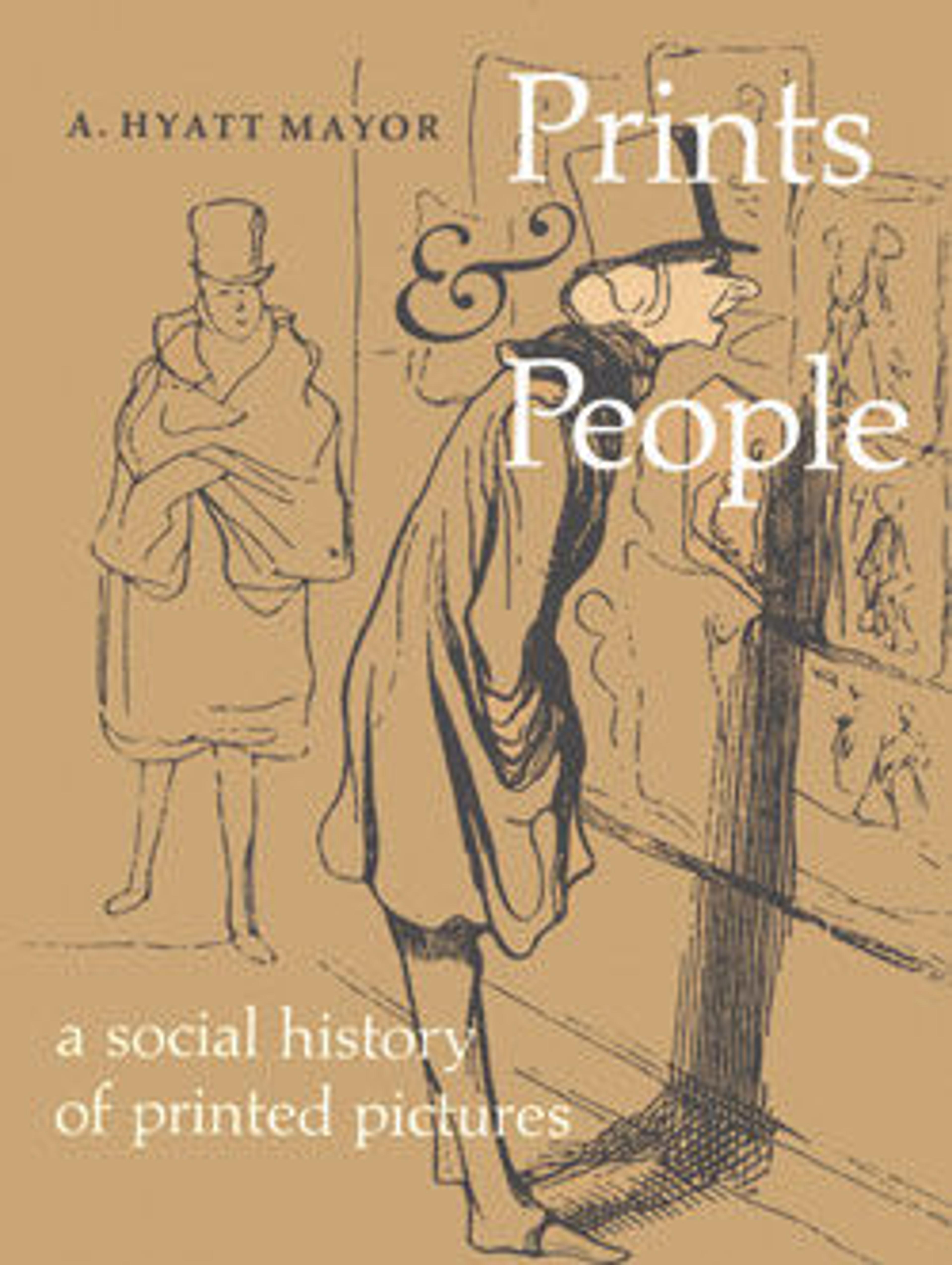The Great Lansquenet or Standard Bearer
Prince Rupert of the Rhine (son of the exiled Frederick V of Bohemia) was one of the earliest practitioners of mezzotint, and a vital contributor to its development. Rupert met Ludwig von Siegen (the technique's inventor) in 1654, but did not attempt his own mezzotints until 1657. He made this impressive print the following year. He began by roughening his plate with a serrated-edged hatcher (a prototype of the modern mezzotint "rocker") to make the parallel shading lines at the upper left of the sheet, and the toothed wheel of a roulette (apparently attached to a pivoted pole) to form the dotlike texture of the man's skin. Next, he sliced away the metal burr with a sharp-edged scraper, and polished it with a smooth-tipped burnisher to retrieve the highlights of the white paper. Finally, he added etched lines to form the feather in the youth's cap, and the edges of his slashed-silk sleeves. Interestingly, in the original painting (attributed to Giorgione in the seventeenth century), the sleeves are made of chain mail.
Artwork Details
- Title: The Great Lansquenet or Standard Bearer
- Artist: Prince Rupert of the Rhine (Bohemian, Prague 1619–1682 Westminster)
- Artist: after Pietro Muttoni, called della Vecchia (Italian, Venice 1602/3–1678 Venice)
- Date: 1658
- Medium: Mezzotint; first state of two
- Dimensions: Sheet: 11 x 7 7/8 in. (27.9 x 20 cm)
- Classification: Prints
- Credit Line: Harris Brisbane Dick Fund, 1933
- Object Number: 33.52.32
- Curatorial Department: Drawings and Prints
More Artwork
Research Resources
The Met provides unparalleled resources for research and welcomes an international community of students and scholars. The Met's Open Access API is where creators and researchers can connect to the The Met collection. Open Access data and public domain images are available for unrestricted commercial and noncommercial use without permission or fee.
To request images under copyright and other restrictions, please use this Image Request form.
Feedback
We continue to research and examine historical and cultural context for objects in The Met collection. If you have comments or questions about this object record, please contact us using the form below. The Museum looks forward to receiving your comments.
